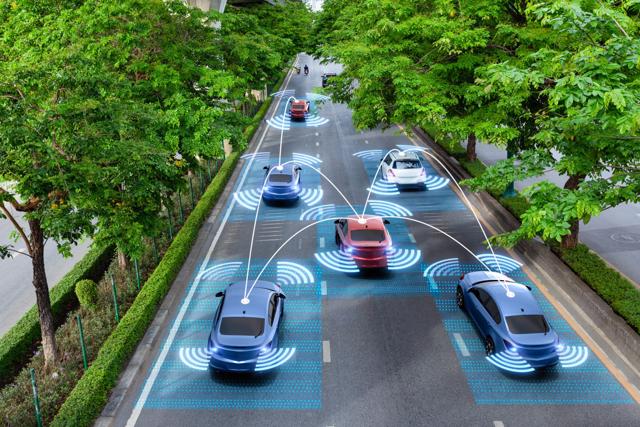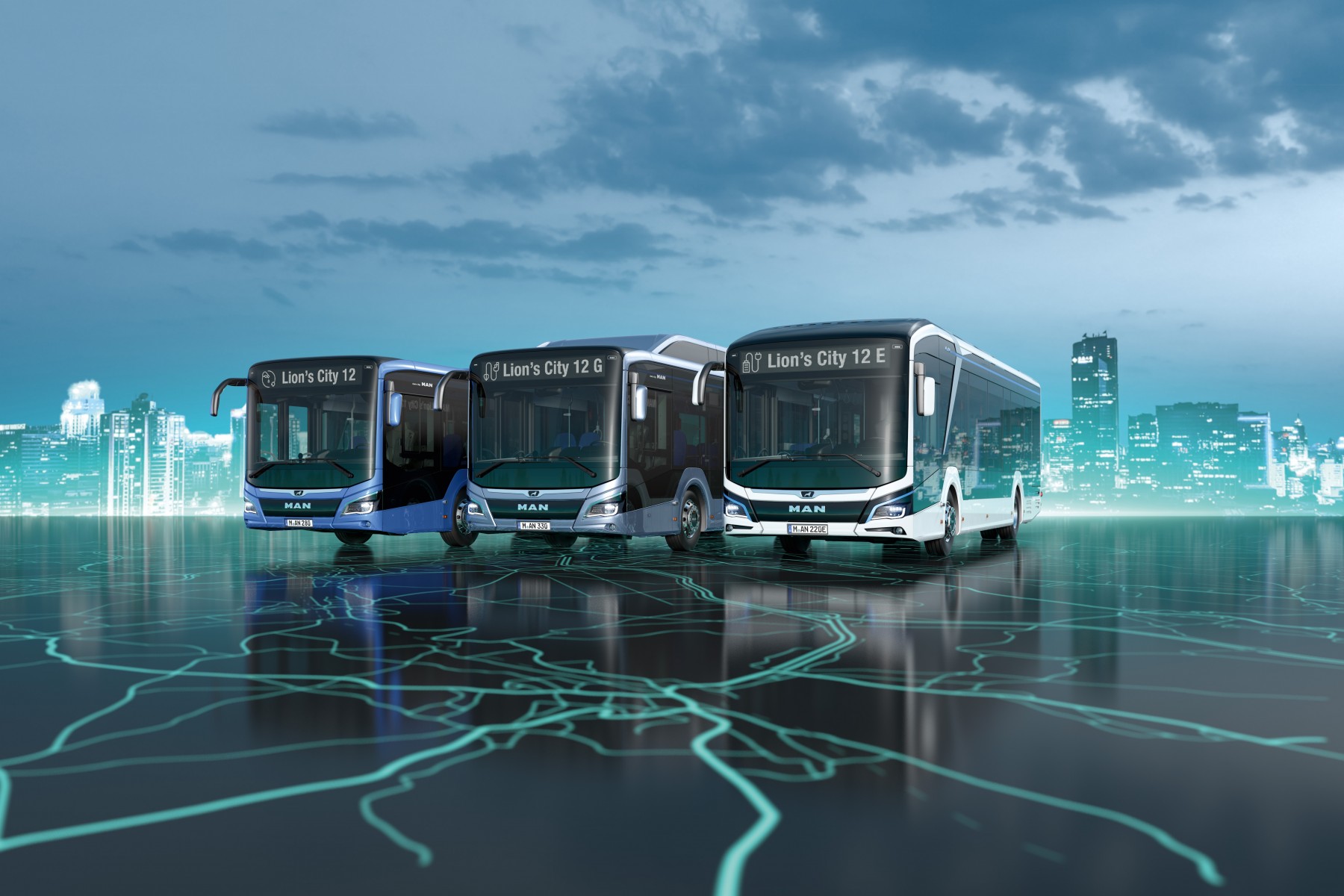MapFusion is shaping the next generation of transportation mapping
The transportation industry is evolving rapidly, requiring vehicles, software, and maps to continuously adapt. Electric vehicles are becoming more widespread, autonomous vehicles are attracting billions in funding, and the global ride-sharing market is projected to grow by more than 115% from 2021 to 2026.
This rapid transformation presents exciting opportunities but also significant challenges for companies leading transportation innovation. To explore the future of mobility,
Together, they discussed the challenges in urban mobility and how modern mapping solutions are addressing these obstacles.

Challenges in urban mobility and flexible Transportation Solutions
Urban transportation is being redefined with convenient, accessible, and affordable mobility services. Shared e-bikes, e-scooters, and e-mopeds are becoming increasingly popular, helping reduce congestion and promoting sustainable mobility solutions.
As mobility platforms expand rapidly, they must integrate new vehicle types while scaling operations to serve a wider range of areas. This presents key challenges in optimizing the user experience (UX), focusing on three core aspects:
Communication – Ensuring seamless interaction between the app and users.
Functionality – Delivering a stable and reliable experience in all conditions.
Adaptability – Quickly adjusting to changing traffic regulations and urban planning needs.
1. Seamless Communication & Real-time Updates
Urban mobility is constantly evolving with new regulations on parking zones, speed limits, and restricted areas. As a result, mapping systems must have the ability to update in real time to keep users informed.
MapFusion Studio allows customization of restricted zones and parking areas based on specific locations.
MapFusion SDKs push regulatory updates faster than other mapping platforms, enabling businesses to respond quickly.
UX testing tools help developers fine-tune interface designs, ensuring clear and intuitive information display.
With MapFusion’s real-time mapping system, users stay well-informed, ensuring safer and more efficient travel.
2. Ensuring functionality in every environment
Users demand a seamless experience, regardless of weather conditions, lighting, or language barriers.
MapFusion optimizes performance through:
Flexible UX testing tools, simulating real-world conditions such as rain, intense sunlight, and multilingual interfaces to ensure usability in all situations.
Fast-loading maps, enabling smooth navigation even in high-density urban areas with heavy traffic.
High-accuracy location tracking, minimizing positioning errors when users locate vehicles or determine routes.
3. Adapting to changing urban regulations
Expanding into multiple countries requires mobility platforms to comply with local traffic laws, infrastructure, and public policies.
MapFusion’s dynamic mapping engine updates regulatory changes instantly.
Comprehensive road and bike lane data ensure accurate navigation and routing.
Flexible APIs allow cities and businesses to adjust geospatial data in real time.
With MapFusion, mobility platforms can quickly adapt to new regulations while maintaining operational efficiency.
MapFusion and the Future of Transportation Mapping

“The map of the future isn’t just a map – it must be more human-centric.”
As transportation advances, maps must accurately reflect human movement. Three key factors shape the future of mobility mapping:
Smart and precise data integration
Optimized UX across all devices
Adaptive and real-time mapping
1. Real-Time Traffic & Mobility Data
MapFusion leverages multiple data sources to provide accurate and comprehensive insights into traffic density, weather conditions, and road status.
Real-time traffic updates, allowing users to identify congested areas, road closures, and optimal alternative routes, ensuring a smoother journey.
AI-powered smart routing, analyzing both historical and live traffic data to predict movement patterns, helping optimize travel time and select the most efficient routes.
Adaptive navigation, enabling transportation applications to instantly adjust routes in response to road changes or weather conditions, delivering a safer and more precise travel experience.
2. Cross-Platform Usability
Maps need to function seamlessly across smartphones, electric vehicles, and navigation systems to ensure a consistent user experience across all devices.
MapFusion SDKs deliver stable performance on iOS, Android, automotive systems, and IoT devices, optimizing visibility and navigation capabilities.
Additionally, customizable UI elements allow businesses to personalize the mapping experience, aligning it with their brand identity.
3. Dynamic and Adaptive Mapping
Traffic congestion, road closures, and weather conditions require adaptive mapping solutions that can quickly respond to real-time changes.
MapFusion Traffic Data delivers real-time and predictive traffic insights, enabling users to optimize their routes efficiently.
Additionally, dynamic map rendering allows businesses to adjust navigation parameters instantly, ensuring a smooth and accurate user experience.
Driving the Future with MapFusion

Leading transportation companies are at the forefront of shaping the future of mobility. MapFusion stands alongside them, supporting every step of their journey—from pedaling forward to accelerating innovation and pushing boundaries.
If you’re looking for a custom mapping solution designed to meet the demands of the future, MapFusion is the perfect choice.
Explore custom-built mapping solutions with MapFusion at mapfusion.io.
